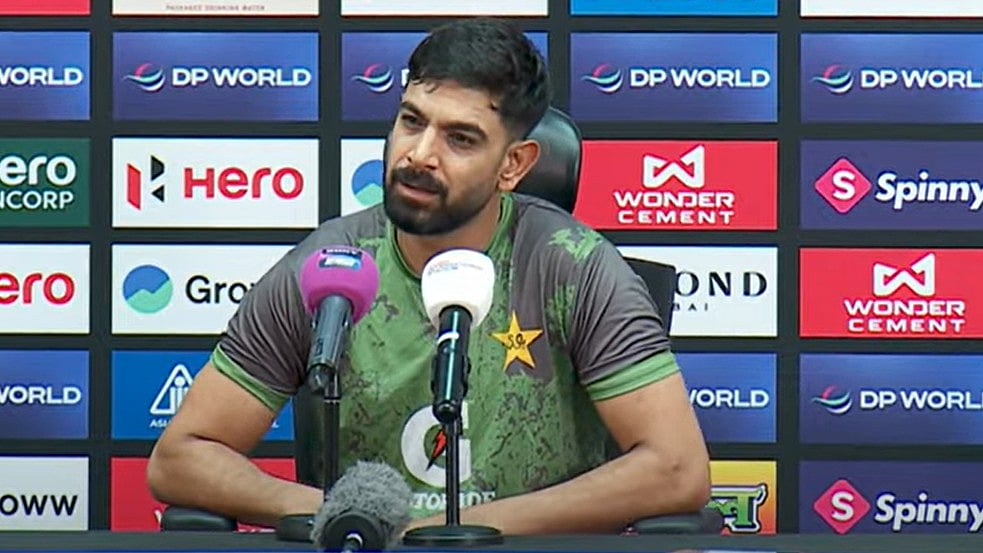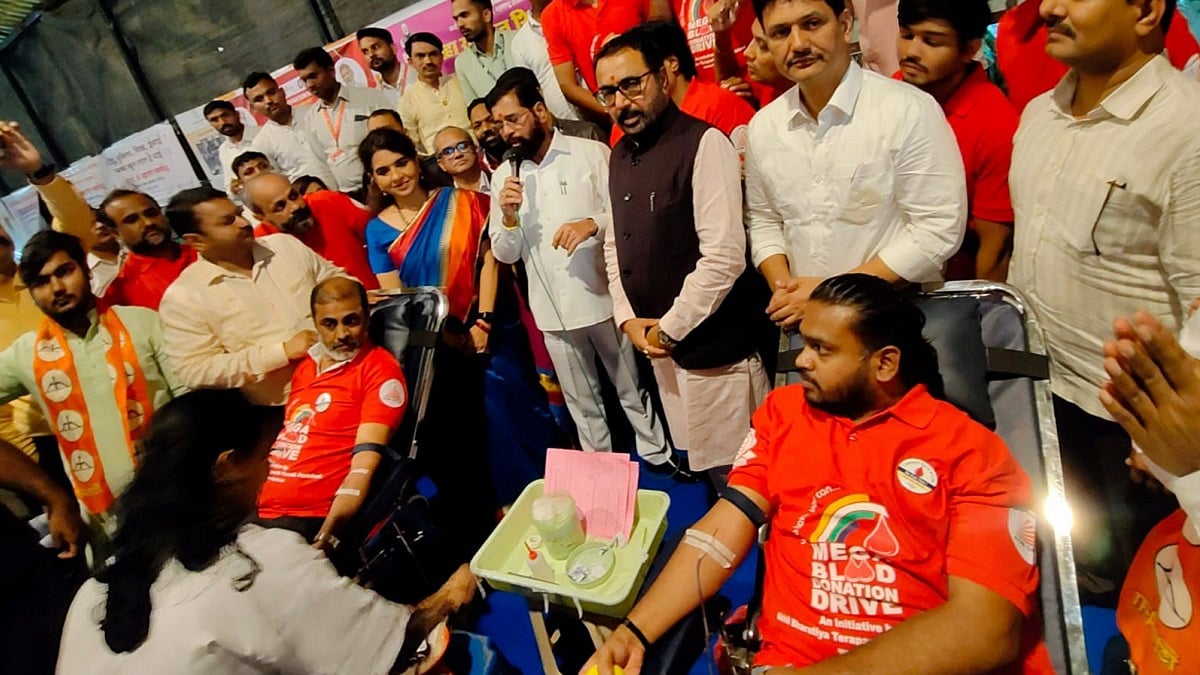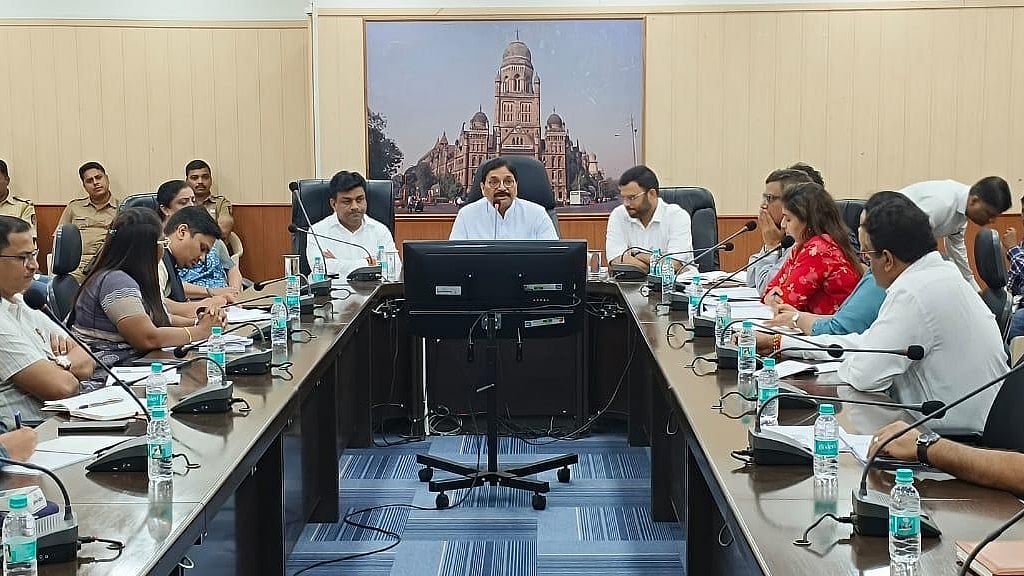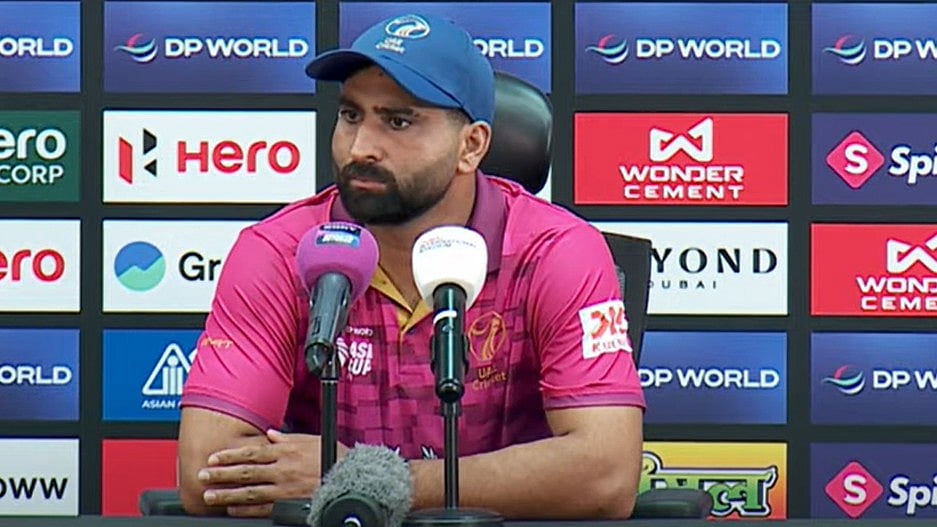If you live in the vicinity, every Sunday you might see a bunch of girls at the Mumbai Gymkhana ground or at the NCL ground in Pune playing rugby and working hard to strengthen their skills.
Reading this, one might go, ‘Wait, what? Girls and rugby?? No way’. Fact is, this is happening not just in Mumbai and Pune but also in states like Orissa, Bihar and many more.
For most of us, rugby will be a sport dominated by huge men pushing, hurting, throwing and running all over the place with a ball shaped like an egg. However, you might be surprised to see this myth being busted by some tough girls who are strong-willed and passionate about the sport.
Since its introduction in India, rugby has been quite a talking point. However, like any other newly emerging trends, rugby also had to go through the initial acceptance hiccups; but the sport is now known, accepted, and also a part of the regular school and college curriculums.
Back in 2006, when introduced in Pune by South Africa-returned coaches Suhrud and Swapneel Khare, there were only around 8 club teams in Pune. A little over a decade now, and the popularity of the sport has grown in leaps and bounds with almost 22 states having their rugby teams lined up and in action almost every week.
Over the years, the takers for the sport amongst girls has increased with the number of women participants growing every year. This was largely due to the efforts of the Indian Rugby Football Union as they came up with the The Get into Rugby programme back in 2012.
The whole idea of the programme was to bust the myths that surround the sport with an emphasis that children can play rugby in safe surroundings and it was not about hitting and falling and breaking bones!
All this has led to an increase in female participants over the years—from 42034 in 2016, to 67062 in 2017 and 54342 till September 2018. Also, the Kalinga Institute of Social Sciences at Bhubaneswar, Orissa has been training over 1,000 young players from rural backgrounds, and surprisingly, the number of girls enrolling for the game has been catching a lot of attention.

Since its introduction in India back in 2006, the sport has been gaining popularity with many schools and colleges, now having their teams and encouraging other students to turn to rugby.
Amongst the senior most female rugby players are the captain and vice-captain of India’s women's rugby team - Vahbiz Barucha and Neha Pardeshi respectively. While Bharucha is the skipper for the 15 member team, Pardeshi leads the women’s sevens team.
“India was considered to be an underdog in the 15s team. We lacked the size and hence our only strong point was our techniques. It was only our techniques that could help us win over a team physically stronger than us.
We also worked on our formations and structures as a whole unit,” explains an ever smiling Neha Pardeshi. Pardeshi, originally from Pune, has now settled in Delhi. Married to Indian men's rugby captain Gautam Dagar, the husband-wife duo can be seen together working on their fitness routines.
It was a moment of pride for the entire team when they registered their first win. While it seemed that this achievement would go unnoticed, the team was surprised when veteran Bollywood actors Amitabh Bachchan, Rahul Bose and others extended their congratulations to the women’s rugby team. Bachchan shared a post stating, "wow .. !! this is great news !! well-done ladies !! proud of you all"
“This is the most heartening news to read! Well done #TeamIndia women! You always had it in you! Let nothing stop you. We will do everything possible to help you onward and upward!” tweeted Rahul Bose, who has also been a player of the sport.
This encouragement is heartening for the players. Pardeshi says, “It is a big thing for all of us to be congratulated by these stalwarts. It really means a lot.
At this point of time, it is very important for rugby as a sport and most of the players to be noticed and recognised. All this will help in growing awareness of the sport.”
Rugby, being a game that involves considerable speed and fitness, the players need to constantly be on their toes. They cannot be careless about what they eat nor miss out on their individual and team training sessions.
During tournaments and prior to them, the girls undergo training camps at least a couple of months before. However, at the individual level, each player maintains her fitness in her own way.
The team had started preparing for the Asia Rugby Women’s Championship around three months in advance. The strategy for the game was simple—working on the strengths, techniques and structures.
“We all knew that apart from a few in the team, no one was large in size. So that was one thing that could not be worked out. However, the coaches took a lot of effort on the team as a complete unit that there was minimum margin of failure,” informs Pardeshi.
The way forward
The game has taught the girls the basic values, including integrity, solidarity, teamwork, sportsmanship and punctuality. The game has also trained them to stand their ground even in the worst of situations.
In a way, the sport has transformed these girls from being mere people to players, not just in the game, but also in the battles of life. With the coach setting the standards high each time
the girls win a tournament, a lot is expected from Vahbiz, Neha and the entire squad... and they are up for the challenge.





